Erik Jan Hanussen's Berliner Wochenschau
An Occult Weekly in Weimar Germany
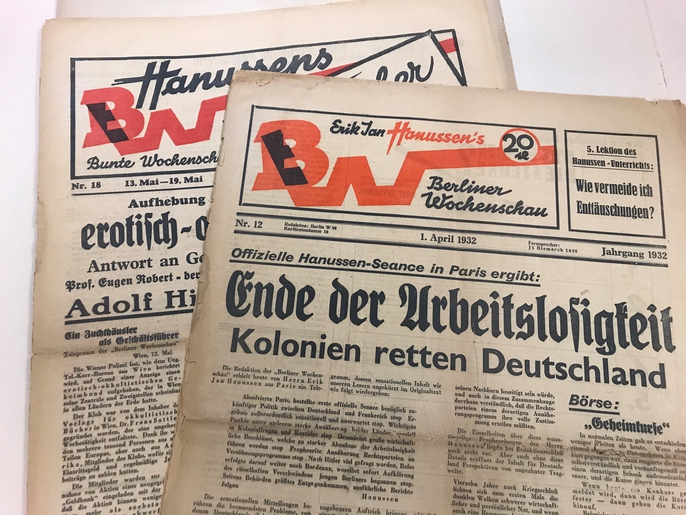
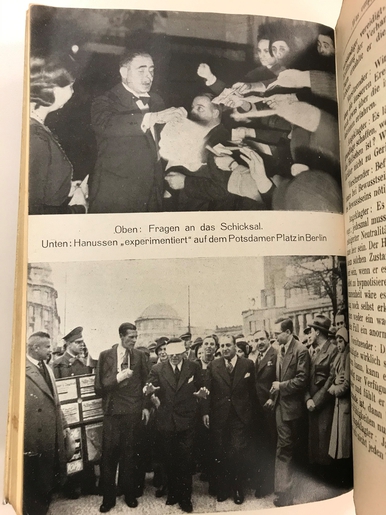
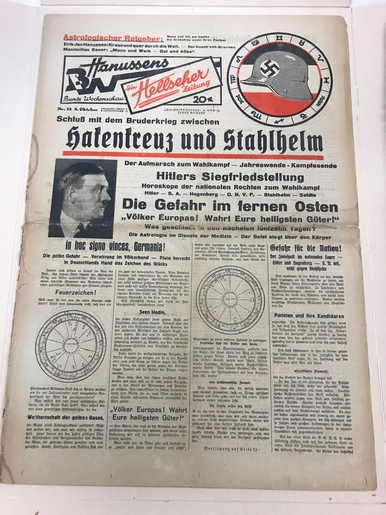
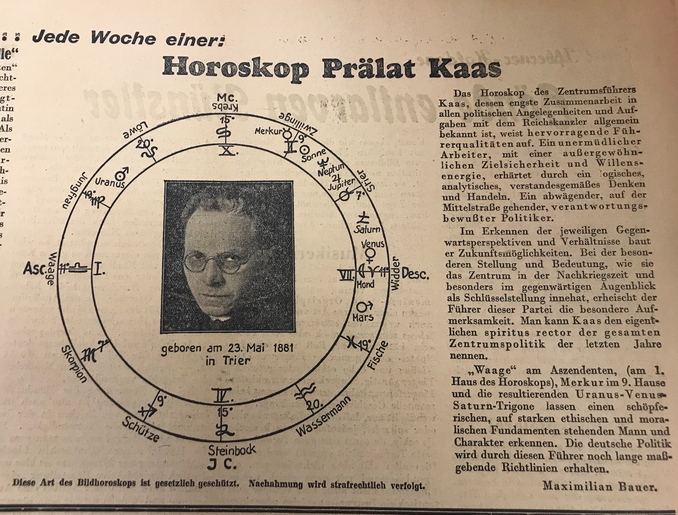
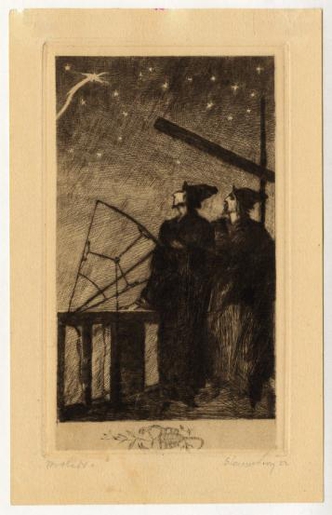
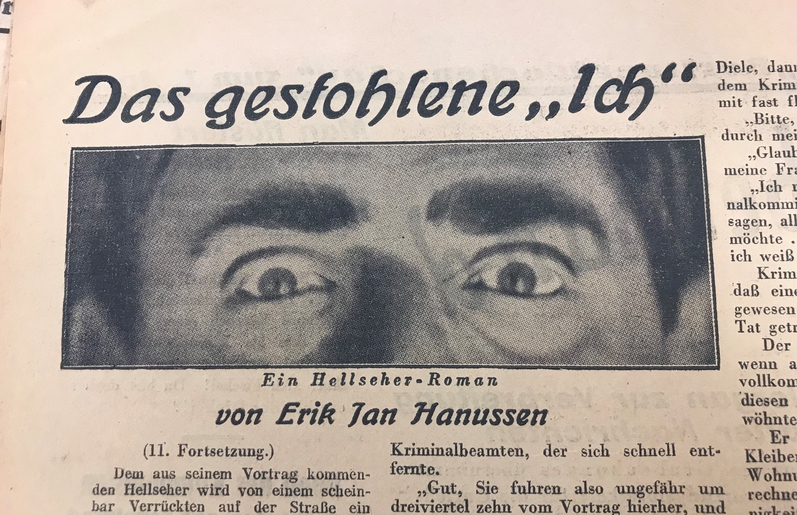
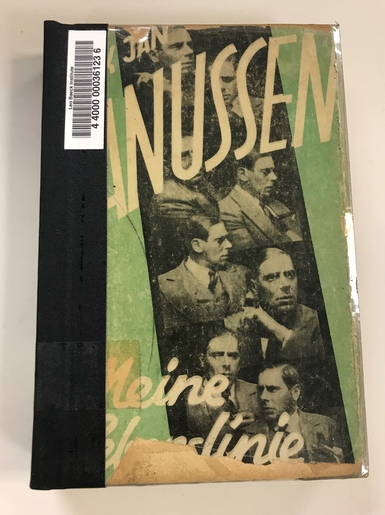
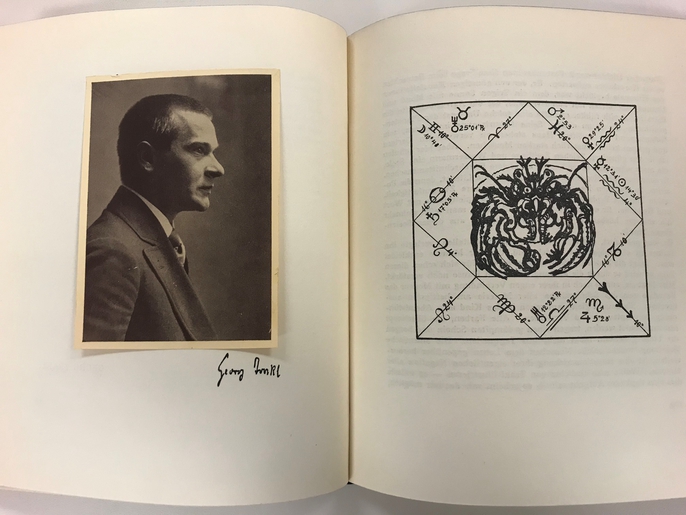
In the October 8, 1932 issue of the Berliner Wochenschau (BW), published by the renowned clairvoyant Erik Jan Hanussen, readers were shown the importance of supporting the N.S.D.A.P., the S.A., and Hitler through a series of astrological charts. According to Hanussen’s vision, only with Hitler would Germany ever make a comeback. The BW explained that Hitler's personal horoscope was one of success and that the planet placements in his birth picture predicted his agency and honor. Using a combination of militaristic language and astrology, Hanussen's occult magazine forecasted the rise of the N.S.D.A.P. as a return to greatness.
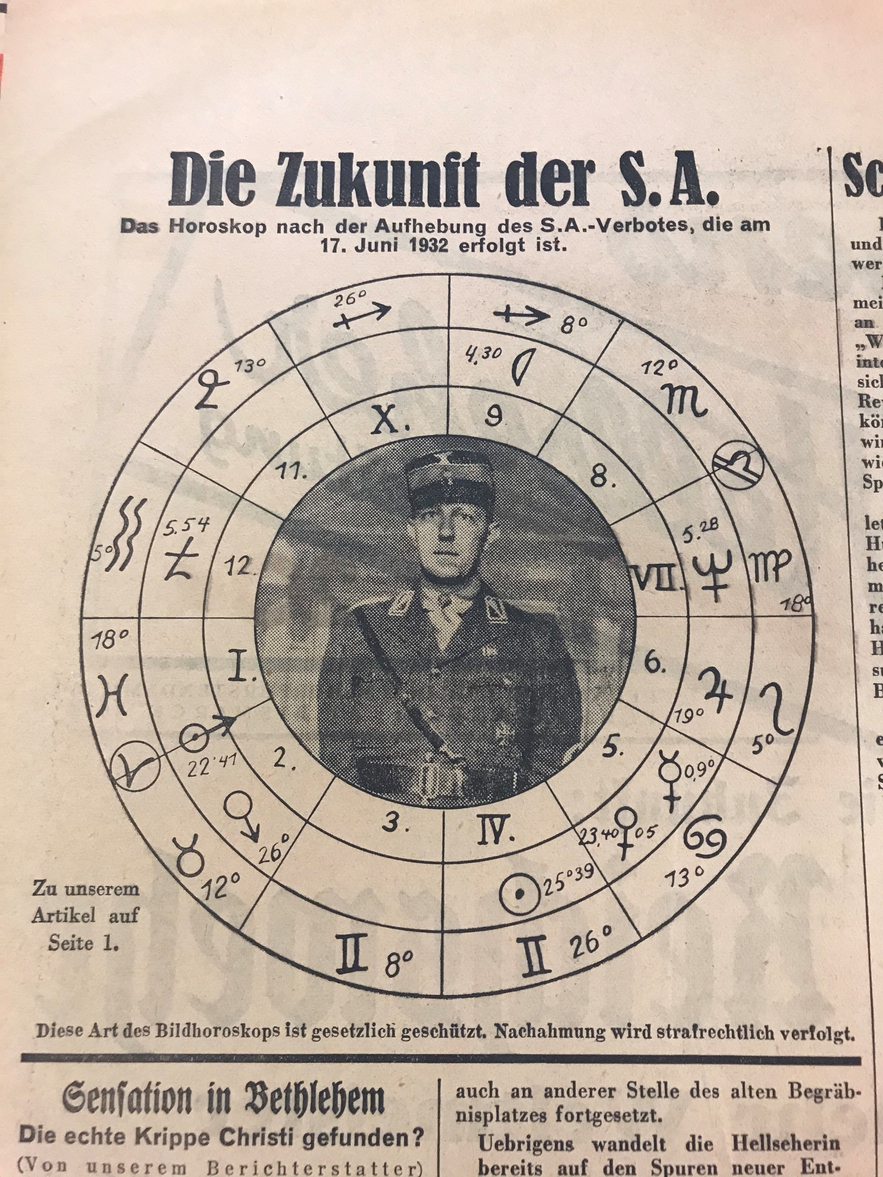
In the prediction, the Hakenkreuz, the symbol of the Nazi party, is connected to the fasces, the symbol of the Roman Empire and the first Reich. The use of symbols in the prediction—astrological signs drawn on tables along with symbols of Nazi and Roman power—implied the inevitability of the Third Reich and encouraged people to vote for Hitler as a savior of Germany … “[b]ecause Germany has finally come to an awareness of itself, because Germany finally has gained consciousness of its honor, because it finally feels its awaking powers coming alive after a difficult crises.” In this awakening, the Hakenkreuz was a symbol of luck and salvation that the masses cheered to.
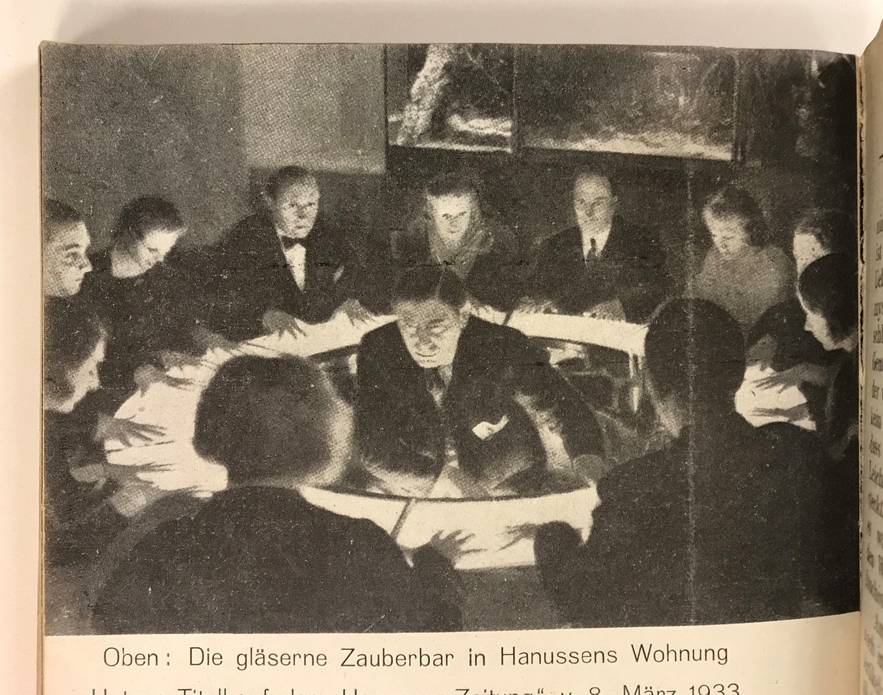
The occult was very popular in Weimar Germany, and although the Nazi party attempted to crack down on it, it was tolerated when it was useful for the party and because many Nazi officials believed in it. People used the occult as a way to connect with the war dead and make predictions about economic, social, and political events. Occultism offered a spiritual alternative to declining religious structures through practices such as clairvoyance, astrology, theosophy, parapsychology, and natural healing. Even the police department relied on clairvoyants to solve crimes. (Hanussen had even “solved” some crimes using clairvoyance.) For Hanussen, who had grown up in travelling variety shows and circuses and learned the art of performance from a young age, the nation’s fascination with the occult became a way out of poverty. The Nazi party also used Hanussen and his clairvoyance as a way to help their party succeed.
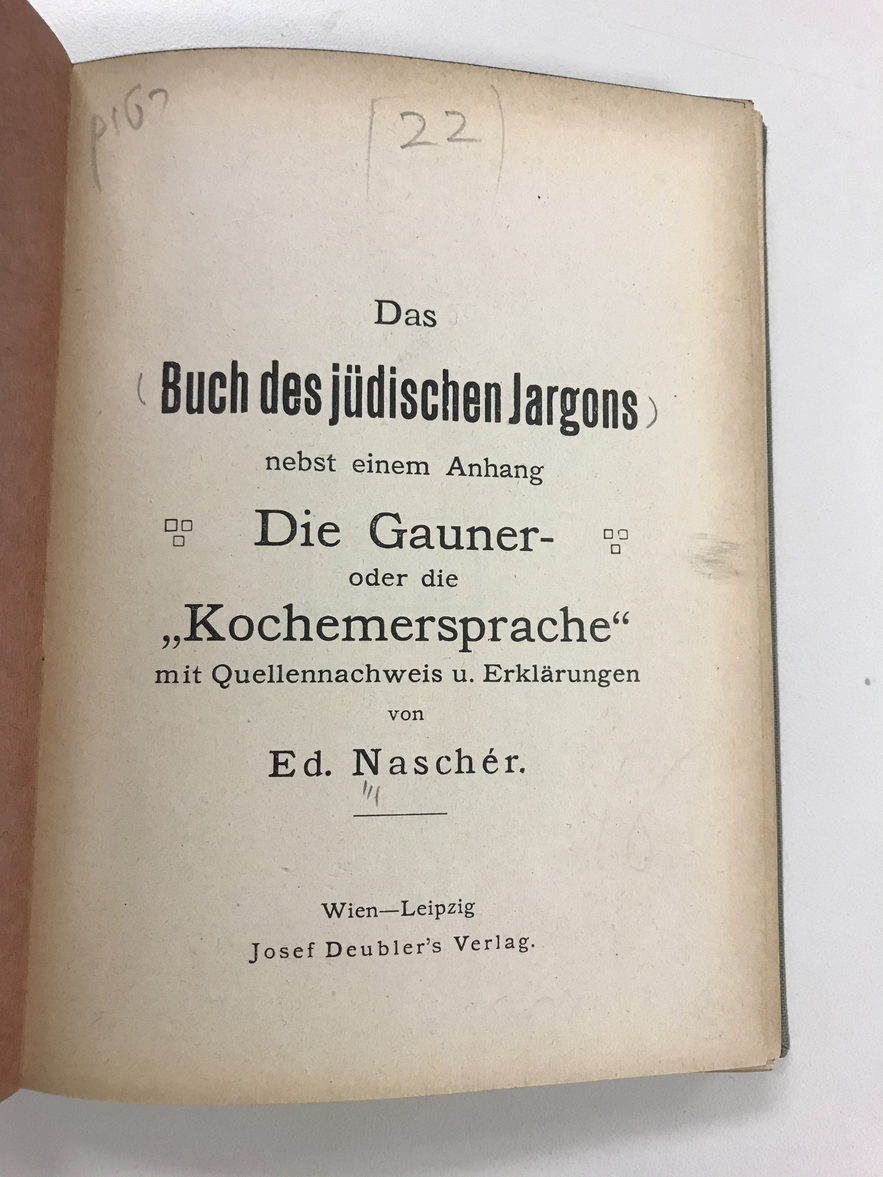
Born Herschmann-Chaim Steinschneider in the precinct jail of Vienna’s Ottakring district, his father, Siegfried Steinschneider, had been an itinerant performer who travelled with his family until Hanussen’s mother’s early death. (Interestingly, Hanussen is related to Moritz Steinschneider, one of the important figures of the Wissenschaft des Judentums movement.) Hanussen’s father eventually settled in Ottakring, Vienna’s “criminal quarter.” In his teenage years, Hanussen began working in traveling circuses and variety shows and Vienna’s cabarets and theaters. He also wrote for newspapers, developing skills he would later use as a publisher. As a showman, Hanussen played many characters until finally adopting the identity of an aristocratic Scandinavian clairvoyant Erik Jan Hanussen.
Hanussen rose to fame after World War I as he traveled through Central Europe and America performing as a clairvoyant. His fame peaked in the 1930s when he settled in Berlin. He headlined at numerous variety palaces and had a number of side ventures, like a sanitarium offering occult cures and a libido-enhancing hormonal cream. He offered private consultations for exorbitant fees. Although he had been born poor and had at times been homeless and penniless, he was now a wealthy man with luxury cars, multiple apartments, and even a yacht on which he would throw lavish, drug-fueled parties. He became connected with many wealthy and prominent people like Alfred Döblin, Peter Lorre, Thomas Mann, and Georg Kaiser. Through his connections and performances, he befriended a number of Nazi officials, many of whom attended parties on his yacht. In particular, he became close with the Nazi official Wolf-Heinrich Graf von Helldorff.
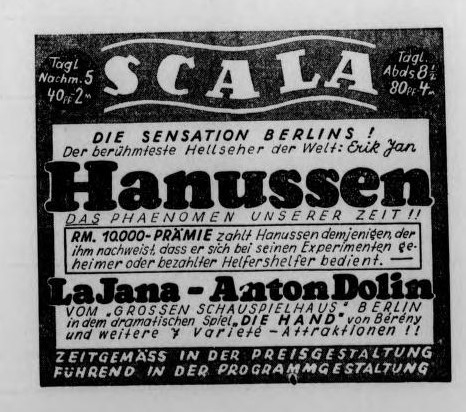
Hanussen began publishing the BW in 1932. Its first run was only 8,000 copies, but it was so popular it increased to 38,000 and then 140,000 copies within a short period. At first, Hanussen’s weekly was a mix of occult news, entertainment listings, and some erotic headlines and graphics. Politics was dealt with only lightly and humorously. Through Hanussen’s connection with the Helldorff, he met Hitler for the first time in late June or early July of 1932. Shortly thereafter, the typeface of Hanussen’s weekly was changed to Fraktur, which was considered a more "Germanic" typeface and was preferred by the National Socialists at the time. The content also changed to more astrology and political analysis, including positive astrological analysis of Hitler.
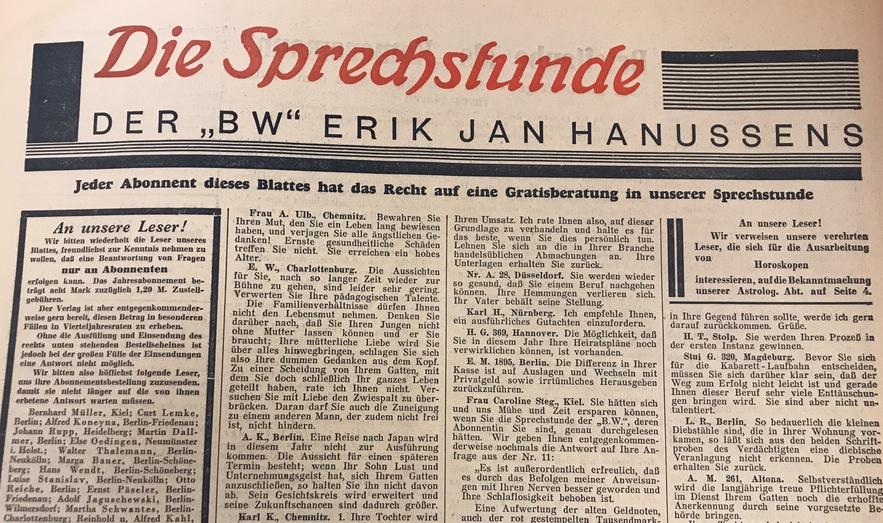
In May 1932, when the National Socialist movement faced enormous financial difficulties, Hanussen was an important supporter. He helped pay off Helldorff’s gambling debts. He also helped pay off the debts of Wilhelm von Ohst, who had embezzled from the National Socialist lottery fund. Nazi officials like Hermann Goering and Ernst Röhm turned to Hanussen for financial assistance. Hanussen even bought 400 military-style boots for the SA. Nazi officials attended his lavish parties on his yacht. It is rumored that Hanussen offered private consultations for some officials, including Hitler, and that he may have given Hitler oration lessons. By the end of 1932, the period when Hanussen was said to have made his connection with Hitler, the Nazi party had gained momentum.
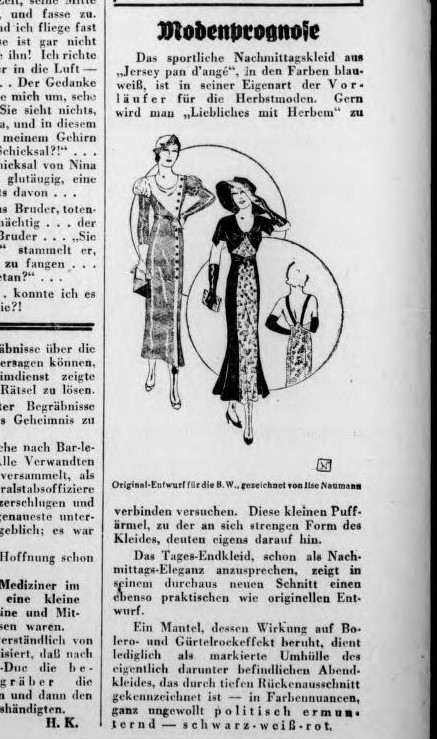
During this time, Hanussen’s Jewish heritage had been an open secret. That, coupled with the numerous debts Nazi officials owed him, made him a growing liability to the party. Reports of his Jewish heritage were published by both left-wing and right-wing newspapers. (Incidentally, Helldorff had previously questioned Hanussen about why most of the BW staff was Jewish and why many of the performers and attendees at his parties were Jewish.) Hanussen’s most famous prediction came on February 26, 1933, when he held a séance in his Palace of the Occult and foresaw the Reichstag fire, the event that would help Hilter and the Nazi party to take absolute control over Germany. A month later and less than a year after his first meeting with Hitler, Hanussen was arrested and assassinated by the SA. Hanussen had perhaps become a victim of his own success.
Bibliography:
Gordon, Mel. Erik Jan Hanussen: Hitler's Jewish Clairvoyant. Los Angeles: Feral House, 2001.
Kurlander, Eric. “The Nazi Magicians' Controversy : Enlightenment, ‘Border Science,’ and Occultism in the Third Reich.” Central European History, Vol. 48, No. 4 (DECEMBER 2015), pp. 498-522 Published by: Cambridge University Press on behalf of Central European History Society.
Wolffram, Heather. “Crime, Clairvoyance and the Weimar Police.” Journal of Contemporary History. Vol. 44, No. 4 (Oct., 2009), pp. 581-601.